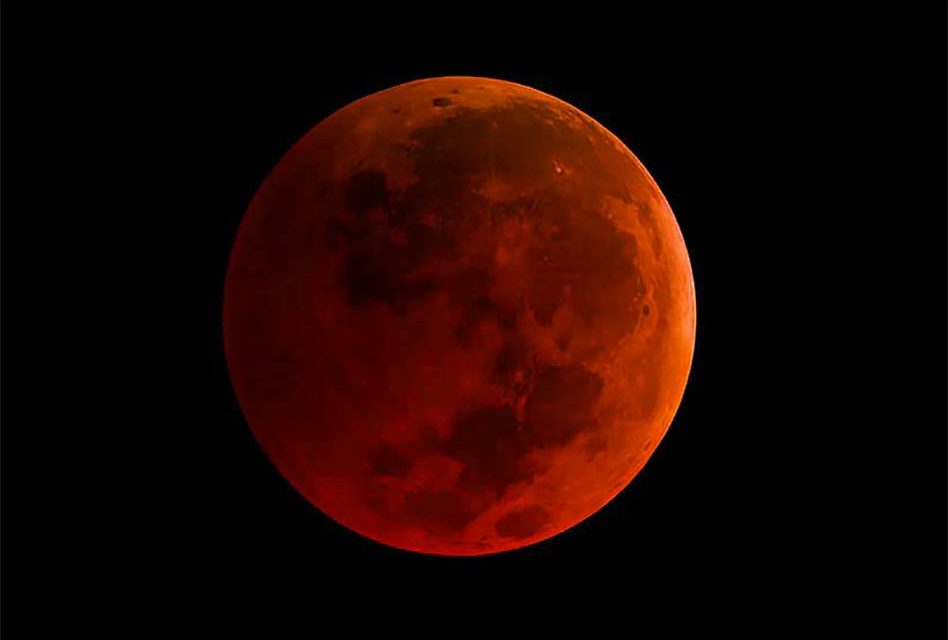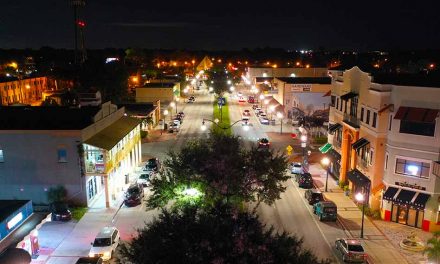In the wee hours of the morning (for the US East coast at least) on January 31st, a supermoon, a blood moon, and a lunar eclipse will coincide in what NASA is calling a ‘Super Blue Blood Moon.’ The last time this occurred was 152 years again in 1866.
While the moon’s average distance to the Earth is 238,000 (382,900km), the moon actually travels in an elliptical path and not a true circle. Additionally, the moon’s orbit varies as the Earth goes around the sun. A perigee full moon, better known as a supermoon, occurs when the moon reaches the point of its elliptical orbit where it is the closes to the Earth. During this time the moon will appear about 14% larger and significantly brighter than usual. It is also the last chance to see a supermoon this year.
If that is not enough of a unique experience, it is a blue moon, or the second full moon in a calendar month. The last blue moon occurred in 2015. If you happen to miss it, there will be another blue moon on March 31st, 2018.
Also, a lunar eclipse will occur simultaneously. Often given the nickname blood moon, lunar eclipses are spectacular astrological sights. The sun is the supreme source of light for our solar system and it is responsible for the moon’s light. During a lunar eclipse, the Earth aligns in between the sun and the moon and blocks the light from the sun, giving the moon a red-orange glow as it moves into the Earth’s shadow.
The Western United State, Canada, Russia, Asia and Australia will be able to see a total lunar eclipse while the Eastern United States (including Osceola County), Eastern Europe, India, and Scandinavia will only be able to see a partial lunar eclipse. Unlike the solar eclipse, there are no special glasses required. Just your eyes gazing upon the moon during the stillness of the night. The peak time to see the lunar eclipse in our area will be at 6:30am. The next lunar eclipse in our area will not happen until January 2019 and again in May 2022.
Given that the last time this astrological anomaly occurred 152 years ago, you probably don’t want to miss it. If you’re not a morning person, NASA is planning coverage of the event including the partial eclipse for the US East coast starting at 5:30am. The Virtual Telescope Project will also follow the event from Australia and the United States.

















